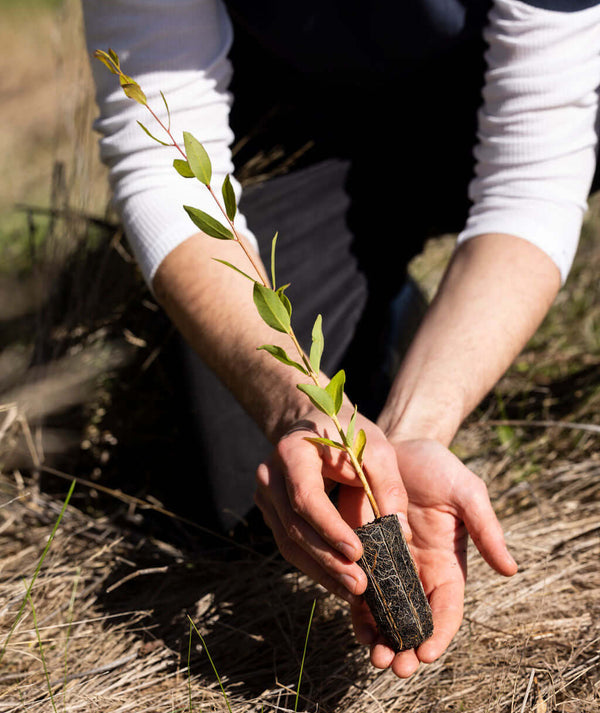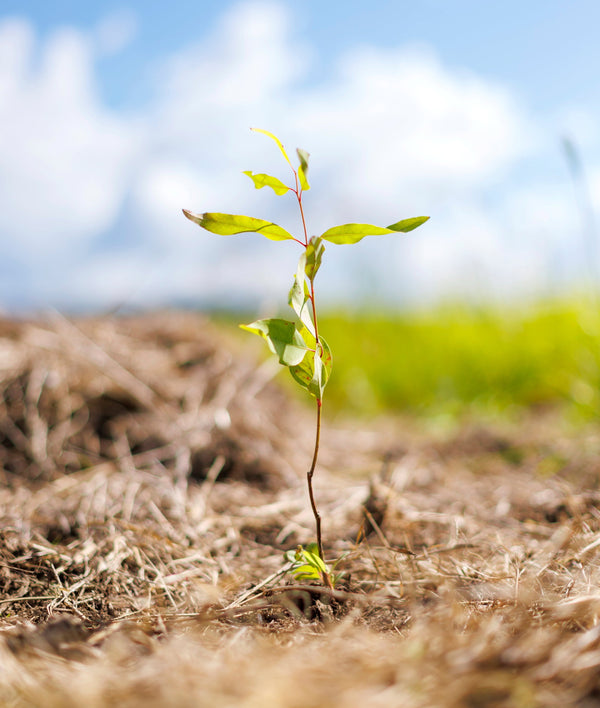Greenfleet has focused on large-scale native reforestation for over a quarter of a century, growing forests and growing hope for the future of our climate.
Since 1997, we have planted over 11.2 million native trees across 550 forests in Australia and New Zealand. Legally protected, these forests will remove over 5 million tonnes of CO2-e from the atmosphere while providing habitat for our native wildlife, restoring biodiversity and improving the quality of our soils and waterways.

Protecting Greenfleet's Forests
Planting native trees is just one step in the process of restoring resilient native forests. Greenfleet carefully prepares each site, researches the species to be planted, and undertakes ongoing monitoring.
To guarantee our forests have the best chance of growing for generations to come, we legally protect each and every one for up to 100 years. This on-title agreement means that if the land changes owners, the protection remains in place through the rest of this century.
In short, these forests cannot be cut down for any reason.

The Importance Of 100 Years
A forest captures more carbon as it becomes more established. As trees grow, they have more leaves and a greater surface area that can photosynthesise and can hold more carbon in their soils.
As our forests grow, they become self-sustaining ecosystems which is why we plant a variety of locally native species in each of our projects.
Pictured: Greenfleet's Strzelecki Nature Link growing on Boonwurrung Country in South Gippsland, Victoria. This part of the forest was first planted in 2016.

Native Wildlife Habitat
Another important reason that we protect our forests is to provide long term habitat for our much-loved native fauna.
The leaflitter of an established forest can provide habitat for many small animals, insects and fungi, all which play a vital role in maintaining the health and biodiversity of the forest. Additionally, hollows and cavities take decades to form in older trees but provide vital habitat for native wildlife.
Hollows form due to weathering from lightening, wind, fire, or even decay from termites or fungi. These hollows provide important habitat for species like the endangered glossy black cockatoo, the swift parrot and the Leadbeater possum.
Pictured are remnant blue gums (Eucalyptus globulus) growing at our site called Glendalough, located on Boonwurrung Country in South Gippsland, Victoria. Our Revegetation team estimates these trees to be over 100 years old.

Building Resilient Ecosystems
Greenfleet takes a long-term approach to native reforestation, utilising a framework approach to grow resilient ecosystems.
While we have an initial list of species that will grow into a native forests, as time goes on seeds from additional species can be brought in by native birds and wildlife, supporting natural regeneration. This cycle of regeneration is a part of the function of a natural forest with the living trees guaranteeing the next generation of thriving plants.
With the knowledge that we have protected our forests for the first 100 years of their lives, we hope they remain thriving for even longer, providing environmental benefits for many more generations.


